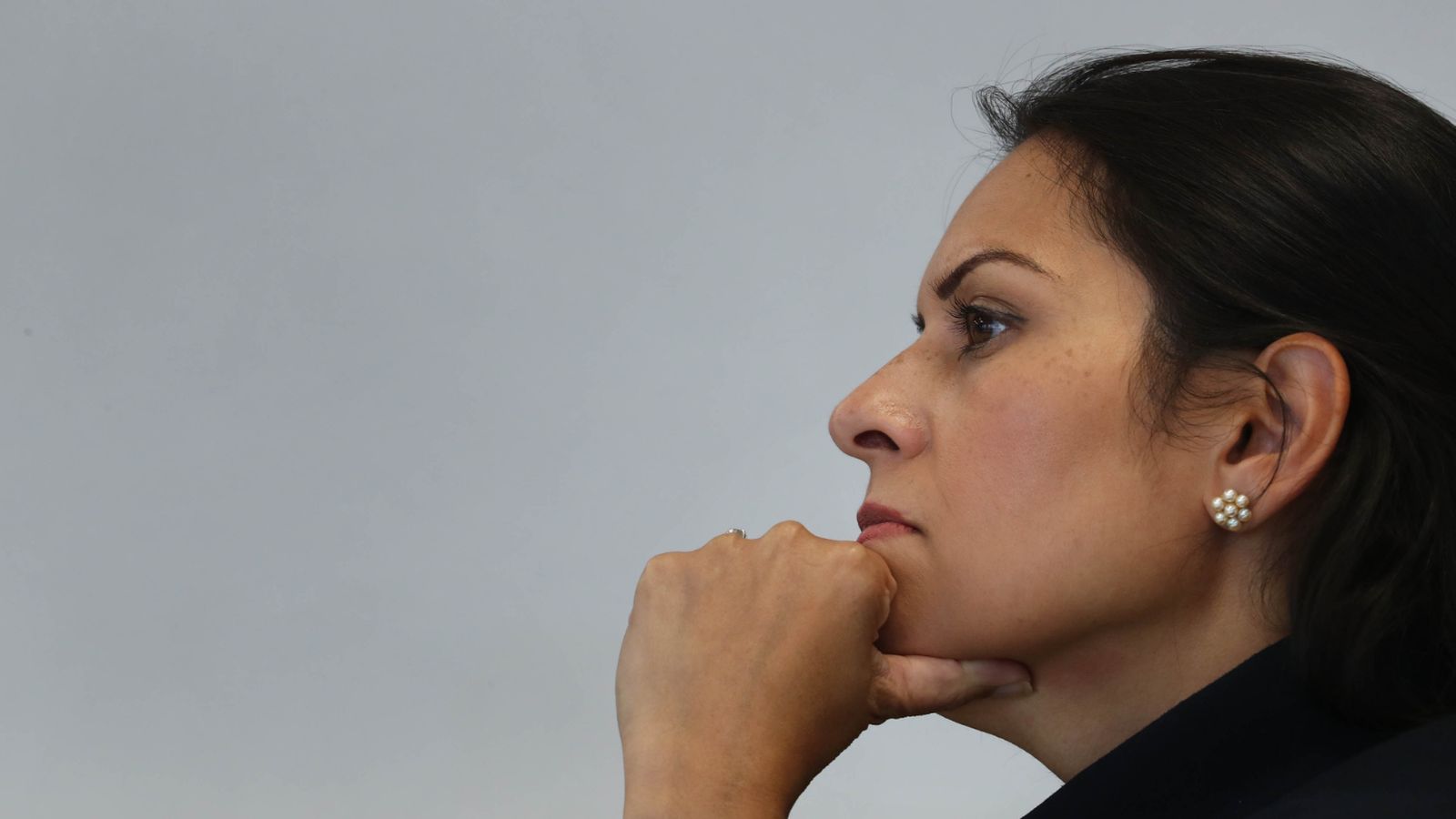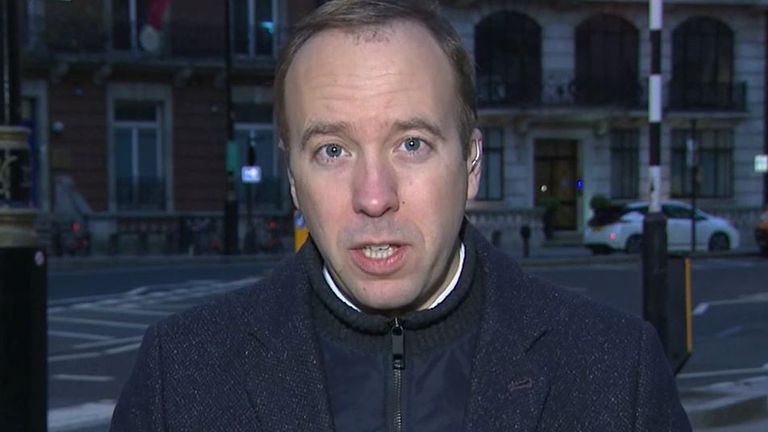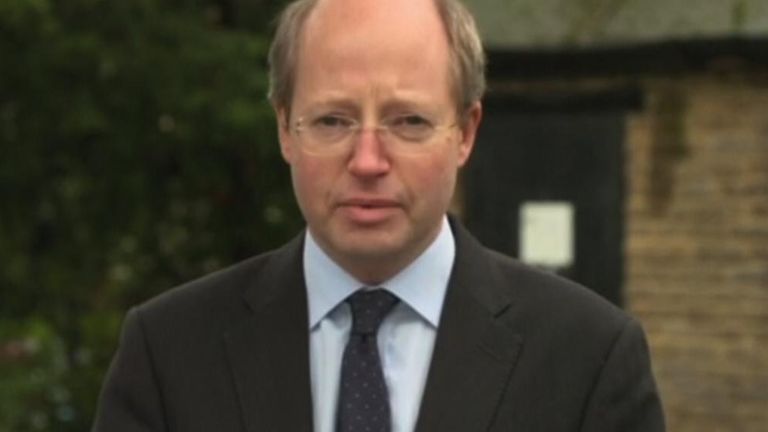The results of an inquiry into bullying accusations against Home Secretary Priti Patel are finally set to be revealed.
It follows an eight-month wait for the findings of a Cabinet Office investigation into claims against the home secretary.
Why was the inquiry established?
The Whitehall probe was launched in March, with the prime minister asking for the department to “establish the facts” over whether the home secretary breached the ministerial code.
It was led by the government’s independent adviser on standards, Sir Alex Allan, and followed allegations against Ms Patel from across her time at three government departments.
Under the code, government ministers are ordered to be “professional in all their dealings and treat all those with whom they come into contact with consideration and respect”.
“Working relationships, including with civil servants, ministerial and parliamentary colleagues and parliamentary staff should be proper and appropriate,” it adds.
“Harassing, bullying or other inappropriate or discriminating behaviour wherever it takes place is not consistent with the Ministerial Code and will not be tolerated.”
Following an investigation, Prime Minister Boris Johnson is the ultimate arbiter of whether there has been a breach of the code.
What were the allegations against Ms Patel?
Questions about Ms Patel’s conduct as a government minister arose following the dramatic resignation of the Home Office’s most senior civil servant, Sir Philip Rutnam, in February.
It came after reports of a bitter feud between himself and Ms Patel.
At the time, Sir Philip revealed he had received allegations of Ms Patel “shouting and swearing, belittling people, making unreasonable and repeated demands”, and argued her behaviour had “created fear”.
He said he had “encouraged” the home secretary “to change her behaviour”.
His departure as the Home Office’s permanent secretary is still the subject of an employment tribunal, with Sir Philip pursuing a claim for constructive dismissal from the £175,000-per-year role.
In his resignation statement, he revealed the Cabinet Office had “offered me a financial settlement that would have avoided this outcome”.
Around the same time as Sir Philip’s exit, further allegations about Ms Patel’s behaviour in government also emerged, which prompted the Cabinet Office review.
There were claims a senior Home Office official once collapsed after being confronted by Ms Patel, following an unsuccessful all-night effort to reverse a High Court ruling.
It was reported that an official in the Department for Work and Pensions received a £25,000 payout after making bullying claims during Ms Patel’s time as an employment minister.
There were also claims about Ms Patel’s behaviour towards staff during her later spell as international development secretary.
Ms Patel was previously accused of breaching the ministerial code in 2017, when she failed to declare meetings she held with politicians in Israel.
That saw her forced to resign as international development secretary by former prime minister Theresa May.
Ms Patel rejected all of the allegations against her, while the home secretary’s supporters claimed she had been the victim of a Westminster smear campaign.
The prime minister had vowed to “stick with Prit”.
Why has it taken so long for the findings to be published?
The prime minister has been accused of having sat on the report since the summer.
Lord Sedwill, the former cabinet secretary, recently suggested Mr Johnson had been presented with the report in early September.
Downing Street batted away questions about the wait for the findings by saying it was an “ongoing process”.
The government was also said to have been “preoccupied” by the coronavirus crisis.



